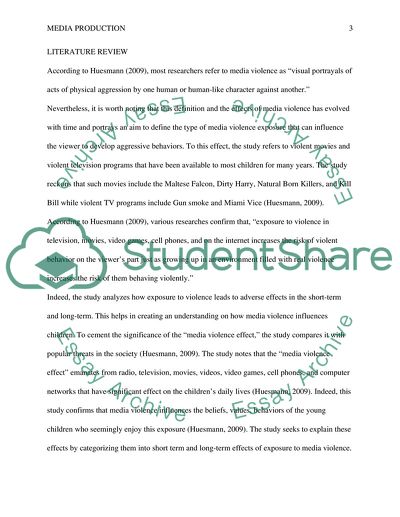Cite this document
(The Impact of Toxic Media on the Infants Psyche and Actions Research Paper, n.d.)
The Impact of Toxic Media on the Infants Psyche and Actions Research Paper. Retrieved from https://studentshare.org/social-science/1826619-media-production
The Impact of Toxic Media on the Infants Psyche and Actions Research Paper. Retrieved from https://studentshare.org/social-science/1826619-media-production
(The Impact of Toxic Media on the Infants Psyche and Actions Research Paper)
The Impact of Toxic Media on the Infants Psyche and Actions Research Paper. https://studentshare.org/social-science/1826619-media-production.
The Impact of Toxic Media on the Infants Psyche and Actions Research Paper. https://studentshare.org/social-science/1826619-media-production.
“The Impact of Toxic Media on the Infants Psyche and Actions Research Paper”, n.d. https://studentshare.org/social-science/1826619-media-production.


